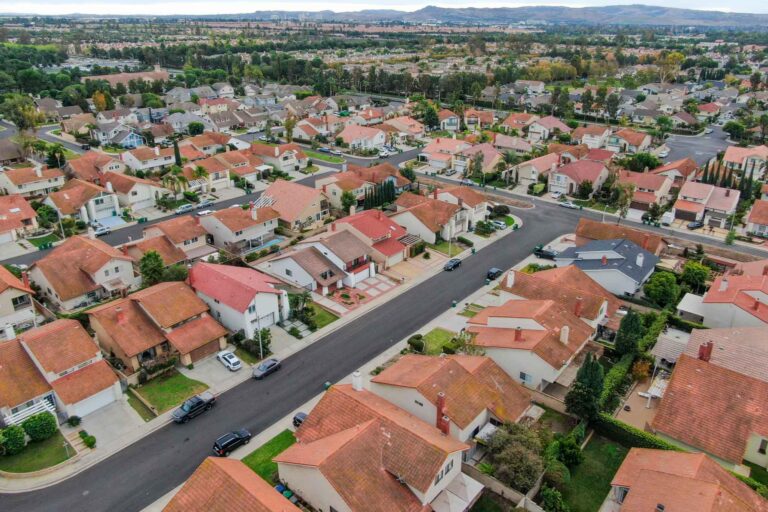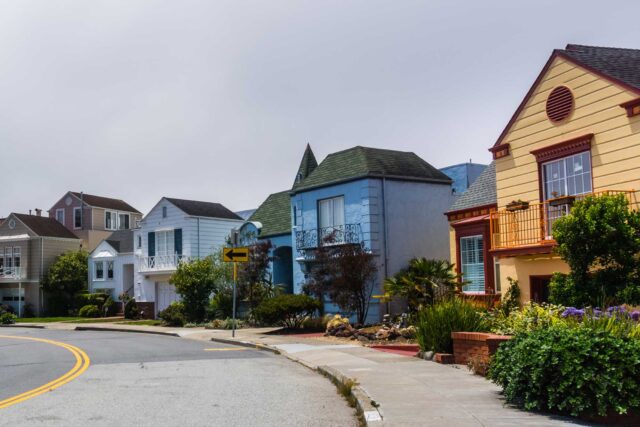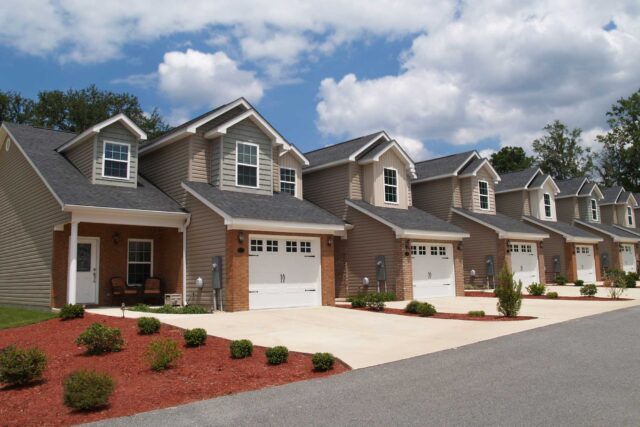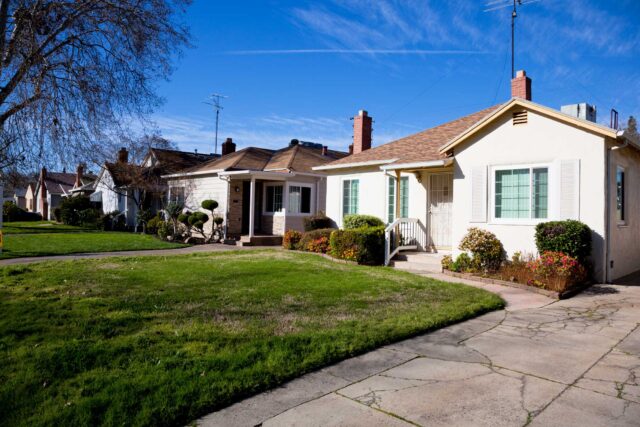The housing crisis in California affects residents of all races and ethnicities, but the lack of affordable housing is particularly acute for African Americans and Latinos. Skyrocketing rents in many California metro areas impose growing financial burdens, limiting opportunities for savings. Combined with rising home prices and interest rates, owning a home has become harder to afford over the past year, even as many saw growth in wages. Given the disproportionate impact of the COVID-19 pandemic on households of color, disparities in homeownership are expected to widen. To address these gaps, policy actions that target the causes of these longstanding inequities are necessary.
Before the pandemic, the racial homeownership gap in California was large, but it appeared to be narrowing. In 2019, the Latino homeownership rate stood at 44.1%, or 19.2 points below that of white households. The Black homeownership rate was even more worrisome at 36.8%, or 26.4 points below the rate for white households. However, Latino and Black households also saw large gains in homeownership between 2014 and 2019 (2.2 and 2.3 percentage points, respectively). Meanwhile, homeownership among Asians grew the most in this period (2.5 percentage points) and, at 59.8%, was only 3.4 points below the white homeownership rate in 2019. Because home equity makes up the majority of wealth for low- and middle-income families, gaps in homeownership rates magnify wealth inequality.
Most homeowners start as renters who then save their way into buying a house—but when rents are high, chances to save are low. African American and Latino renters are more likely to pay a sizable share—30% or more—of their household income on gross rent, making the prospect of saving for homeownership daunting. (Even among homeowners, African Americans and Latinos are more likely to spend a high share of their income on mortgages.)
To a large extent, the racial homeownership gap reflects persistent income inequalities: median income for white households in California is 45% higher than for Latino households and 65% higher than for African American households. But other factors, such as less wealth and less intergenerational wealth, lower (or no) credit scores, and lack of information about the home-buying process, also make it more difficult for Black and Latino adults to buy homes. Moreover, the historical legacy of racially discriminatory practices—as well as current racial disparities in the credit indicators that drive lending outcomes—are a key driver of the homeownership gap.
As housing prices continue to rise quickly in the aftermath of the pandemic, there is concern that these inequities may grow, leaving many—especially younger, lower-income, and nonwhite Californians—without the meaningful opportunity to own a home. However, pre-pandemic trends show that narrowing the racial homeownership gap is possible. Given rising prices and the uneven economic impacts of the pandemic, policymakers should consider expanded efforts to ensure that this progress continues.
Over the short term, policymakers should target the structural barriers in housing markets—for example, by increasing support for small-dollar mortgage loan programs and revising credit-scoring practices—that create unique disadvantages for aspiring Black and Latino homeowners. Recently, Fannie Mae decided to allow lenders to consider applicants’ rental payments in evaluating credit risk, a move that may provide additional benefit to borrowers of color with no or limited credit histories.
Over the longer term, addressing the underlying causes of income inequality, such as disparities in educational attainment and access to better jobs, can increase the odds of homeownership—and offer a pathway to building wealth. Moreover, after decades of underbuilding, continued efforts to increase the supply of affordable housing will also be necessary if owning a home is to be an attainable goal for middle-class families.






